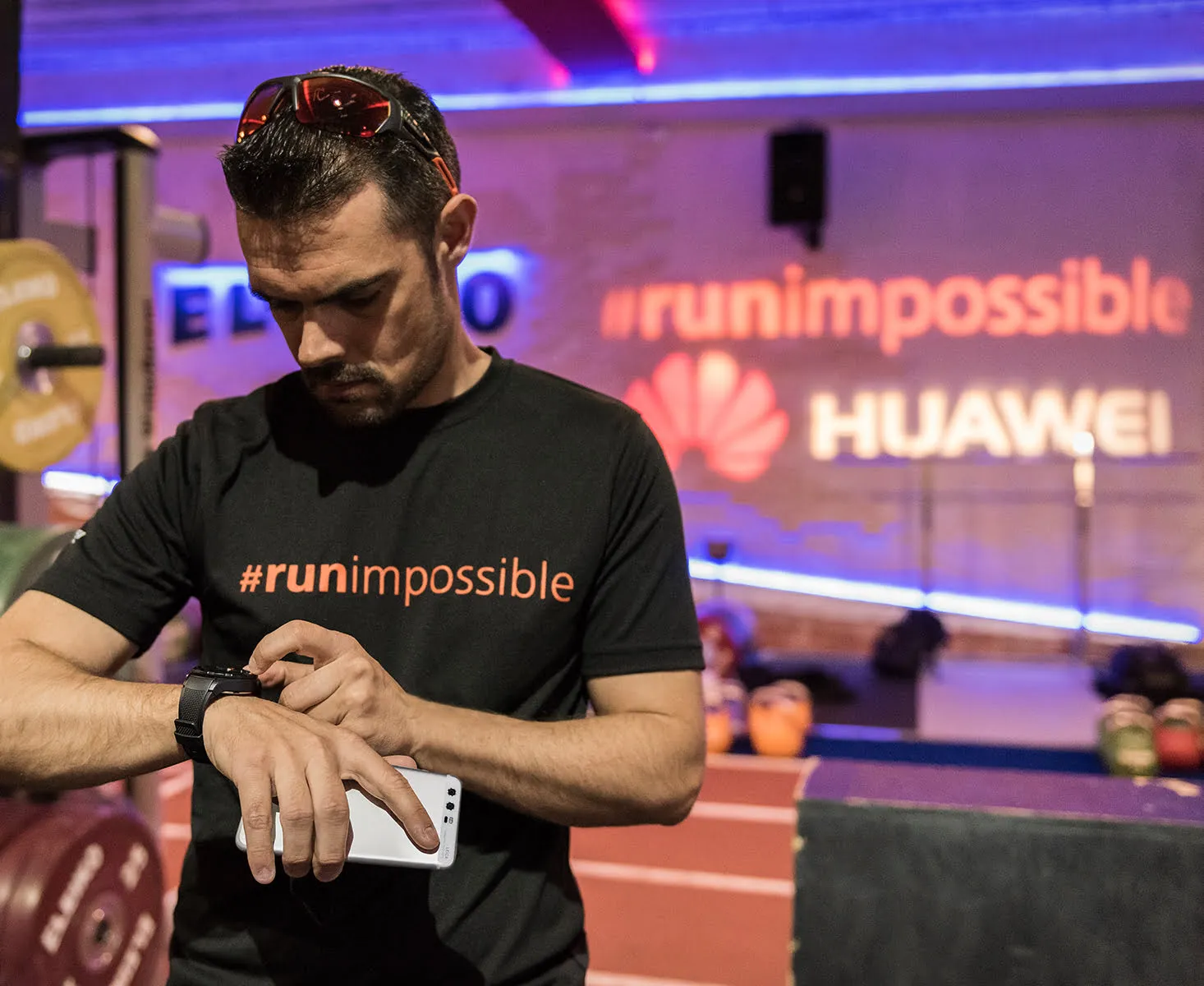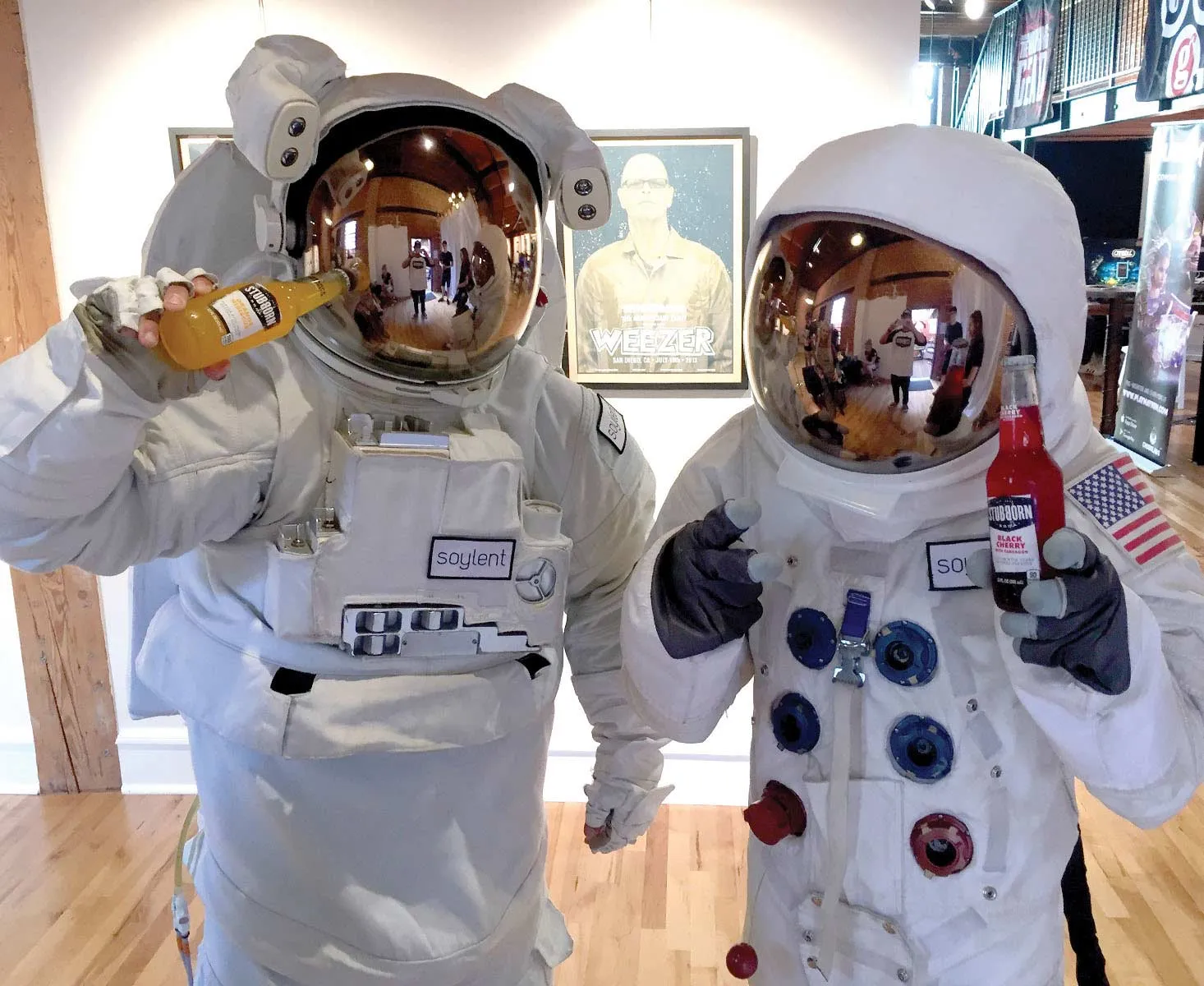How aligning with a cause can accellerate company growth, the beauty industry’s success with FOMO, and improving customer relationships through data.
While there are several brands that are known for championing a cause, Patagonia is one of the largest and most prominent. A few week’s ago, A Little Bird Presents featured an article from Fast Company which explored the outdoor brand’s commitment to environmental causes. But Patagonia doesn’t just advocate and donate – as the article outlined, the brand created its own proprietary “activist hub,” Patagonia Action Works. The digital platform is “part social network, part recruiting tool. It allows everyone, from Patagonia’s customers to 720 grant organizations, to powwow around causes, solicit donations, post calendar events, and seek out volunteers.” Patagonia’s purpose-driven approach has meant an investment, but it has also led to tremendous revenue gains. This week’s ALB Presents follows up on this concept with an article that backs the contention that aligning with a cause can result in significant growth.
Key takeaways:
- Cause marketing is not a fad. It is a meaningful and socially-conscious way to do good while accelerating brand growth.
- The beauty industry has been selling out of products at record speed, which seems to have only driven consumers’ FOMO. When managed well, limited inventory can be an advantage.
- Third-party data should not be examined in a silo. When paired with first-party or real world data, marketers can better communicate with and understand customers.

Why Purpose-Driven Brands are Growing Twice as Fast
Purpose-driven marketing has been on the rise, and for good reason. According to a report by Kantar Consulting, brand messaging should “reflect a sense purpose beyond a purely commercial one in order to connect with today’s consumers.” Kantar states that “the purpose is a key brand driver” and should not only make sense for the brand, but be “relevant, unique, meaningful and well measured.” Many studies have shown that Millennials and members of Gen Z are looking to align with brands that make a difference in the community and have a sense of philanthropy in their core values.
One way that brands are communicating purpose is through brand activation campaigns that show their commitment to a cause. And even better, successful brands incorporate an opportunity for consumers to take part in a movement. Brands such as TOMS, This Bar Saves Lives, and Warby Parker are just a few that prove that aligning with a purpose pays off.
Marketing Trends That Should Go – and Some That Should Stay
Marketing tactics move quickly, especially considering accelerators of late. Among them, digital, social media, and the slow decent of the effectiveness of traditional channels has spurred on change. In response, trends and hacks find their way into the marketing ecosphere as a way for companies to overcome new obstacles. Some of these trends have evolved with the times, some have had to be put to bed.
Marketing Dive explores marketing trends of recent, including three that the author believes should go, which includes off-target emotional appeals that can sometimes cause more harm than good. He also includes 4 trends that brands should embrace, from looking closer to Gen Z (who “will make up 40% of all consumers by 2020”) to prioritizing experiences.

How the Beauty Industry’s FOMO is Leading to Astonishing Sales
The rise of online commerce has affected almost every industry, some for the worse, but some for the better. One industry that has been able to capitalize on all things digital is beauty. This industry has shown its mastery of social media, where interactions with and between followers has resulted in the meteoric rise of many boutique beauty lines. Equally so, the ability for shoppers to access these products outside of a traditional store model has given brands the ability to sell products faster, many times selling out.
Which is where this Digg article comes in. If you are not entrenched in the online beauty world, it may come as a surprise that there are consumers who are lining up (digitally, of course), eager to lay down their hard-earned cash on products that they have neither seen nor tried. As the article references, an eager Kim Kardashian fan purchased the reality star’s new fragrance sight-unseen. “I bought it on a hope that I would love it,” she said. “Which I 100% do, she did an amazing job, but even if I didn’t the packaging alone was enough to buy it.”
The beauty industry is experiencing a staggering number of sell outs. This article explores whether these products are as “on-fire” as they seem, or if the out of stock phenomenon could be a well-crafted marketing tactic.
Improving Customer Relationships Through Data
The emergence of “big data” has given marketers a tremendous advantage related to understanding consumer preferences, behaviors and needs. Never before has so much information been available. But as this article by AdWeek points out, there are two sides to the coin. “With the plethora of data sources available, it can be tricky to parse the ones that are most beneficial. In fact, per Adestra’s recent data-driven marketing benchmarks report, 49 percent of marketers say they’re finding it challenging to enrich the quality and completeness of their data.”
And often the data by itself, high-quality or not, does not tell the story of the consumer’s journey. The article discusses challenges related to data limitations and the need to cross-reference third-party data with other information to determine consumer intent. By looking at a variety of sources and approaches, marketers can use data in a better way to improve how they relate to consumers.
Emerging Businesses Share One Regret: Lack of Investment in Marketing
Many small businesses aren’t aware of what their marketing needs are until it’s too late. When starting a new business, conserving resources and managing cash flow is often top of mind. Yet, a recent study by SBA found that “on average, marketing represents only 8 percent of total spend for companies from their first year in business to their 20th year, or longer. Yet in hindsight, the older companies surveyed said they wished they’d doubled, tripled or even quadrupled that expenditure at every age of their business in order to see greater growth.”
Allocating a larger marketing budget allows businesses to have better developed strategies that aid in growth. Yet, the marketing landscape is changing. This Entrepreneur article provides businesses with direction related to marketing practices, including reviews and social media. At ALB, we also advocate for incorporating brand experiences into this equation, as they provide a high-impact way to connect consumers with brands and drive brand loyalty. Read on to learn more about how companies are prioritizing marketing, and what they wish they had done in hindsight.

How Machine Learning is Changing the Consumer Experience
Whether you regularly notice it or not, artificial intelligence (AI) has made a tremendous impact on how everything works. Some AI is more overt (“Alexa, play NPR”). Other AI runs quietly behind the scenes, such as Google’s AI, which provides users with more relevant search results.
AI has also played a part in revolutionizing marketing and the customer experience. With developments such as “chatbots and automated repetitive tasks” marketers are able to gather intel and deliver better experiences. Yet, while AI seems to have become mainstream, many companies wonder how to integrate this technology to improve their own processes. In an article by The Stack, the author discusses how AI is improving processes and engagement, and how companies can prepare for adoption.
Traditional Retail is Being Replaced with Experiential Shopping
There is no doubt that the retail industry has changed. As several former-strongholds like Toys ‘R Us close their doors, online giants like Amazon open temporary physical locations. While this seems to be somewhat contradictory, it’s not. Many experts have long believed that retail is not dead, only disrupted. With the maintained popularity of in person shopping and consumers’ affinity for experiences, there is a right way for brick and mortar retail to thrive. It’s just not the old way.
As Millennials look toward experiences, developers are creating multi-use spaces that incorporate housing, dining, and shopping. As the article points out, “retailers’ longstanding model of saturating every market with outposts of their brand has been adapted into creating fewer, but more upscale stores and shopping destinations with a multi-purpose appeal.” Instead of traditional retail, brands are wise to adopt experiential retail as their core.







